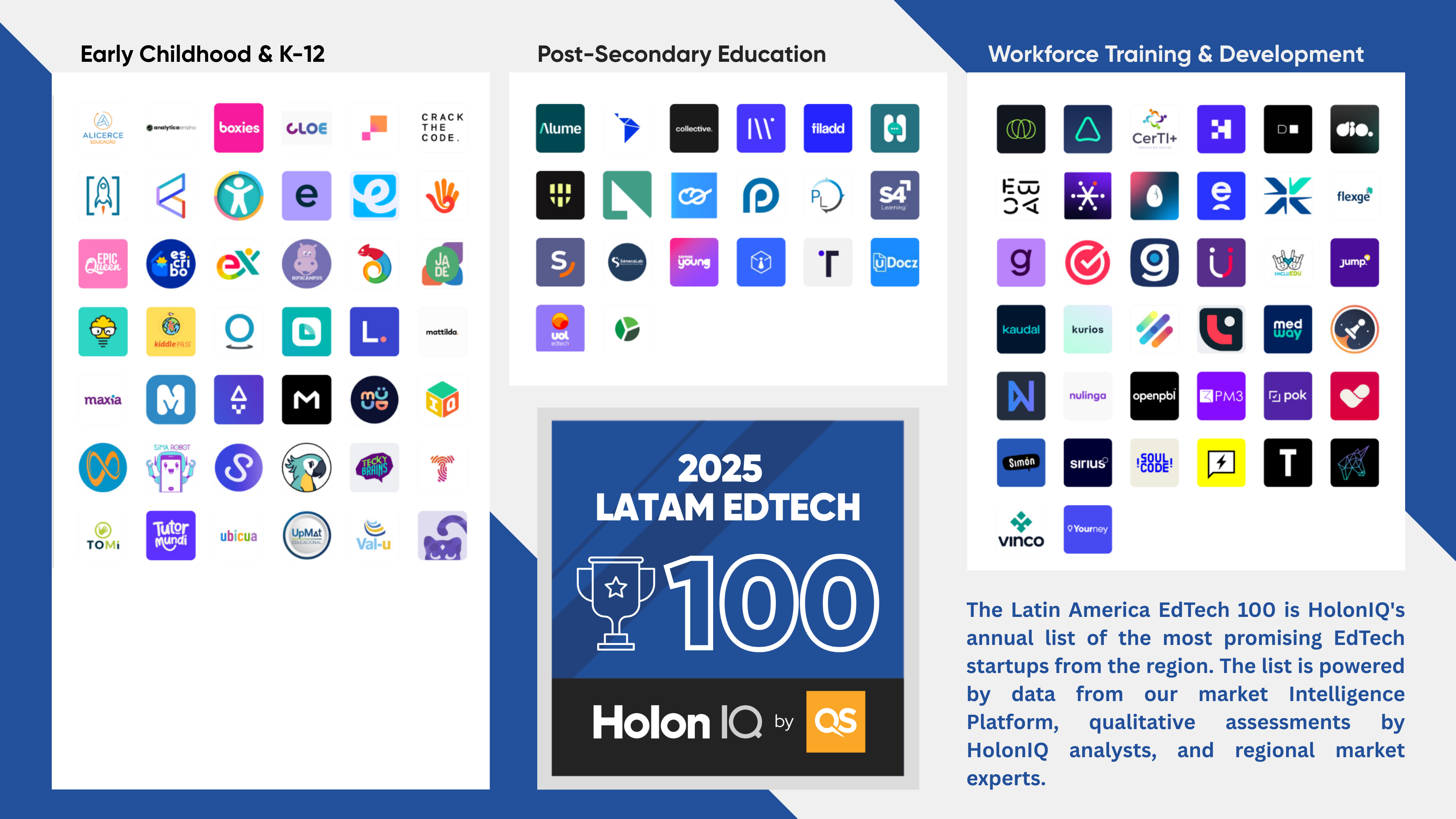These trends highlight the key shifts shaping education in 2025. From AI’s growing role to the focus on flexible learning models and practical workforce skills, education is heading toward smarter, more connected systems of impact. This momentum signals a move toward building education ecosystems that are more integrated, adaptable, and equipped to meet future challenges.
🚀 AI Moves from Hype to Serious Implementation
Mass AI experimentation is transitioning to serious implementation. AI adoption is accelerating as countries roll out policies, guidelines, and frameworks, while AI-enabled solutions continue to emerge to tackle challenges at every stage of the learning journey.
🌟 Skills Economy Drives Workforce-Focused Education
Upskilling and reskilling are becoming central to education pathways. Work-integrated learning models—internships, apprenticeships, and co-op programs—are gaining traction globally, aligning education with industry needs. Governments are incentivizing practical training, making it faster and less expensive for students to enter in-demand jobs.
🔧 Talent Demands Enhance Vocational Education
Vocational training is emerging as a pragmatic choice for learners. Policies like India’s mandate requiring work-integrated learning for all undergraduate degrees demonstrate this shift. Collaborative initiatives between academic institutions and industries are creating seamless pathways from education to employment, addressing local talent shortages.
💸 Investors Focus on Scalability and Impact
EdTech funding has shifted from growth-at-all-costs to profitability and measurable impact. Funding fell significantly from its 2021 peak, but key areas like workforce training and digital tools still dominate. Workforce training accounted for 36% of total funding in 2024, driven by upskilling initiatives and scalable career-oriented solutions.
🛤️ Education-to-Employment Pathways Grow Stronger
Bridging the gap between education and the workforce is increasingly important for educational institutions and employers. Large-scale upskilling programs and industry partnerships are being integrated to address talent gaps. For instance, work-integrated pathways like apprenticeships and internships are being incorporated into formal education to better prepare students for careers.





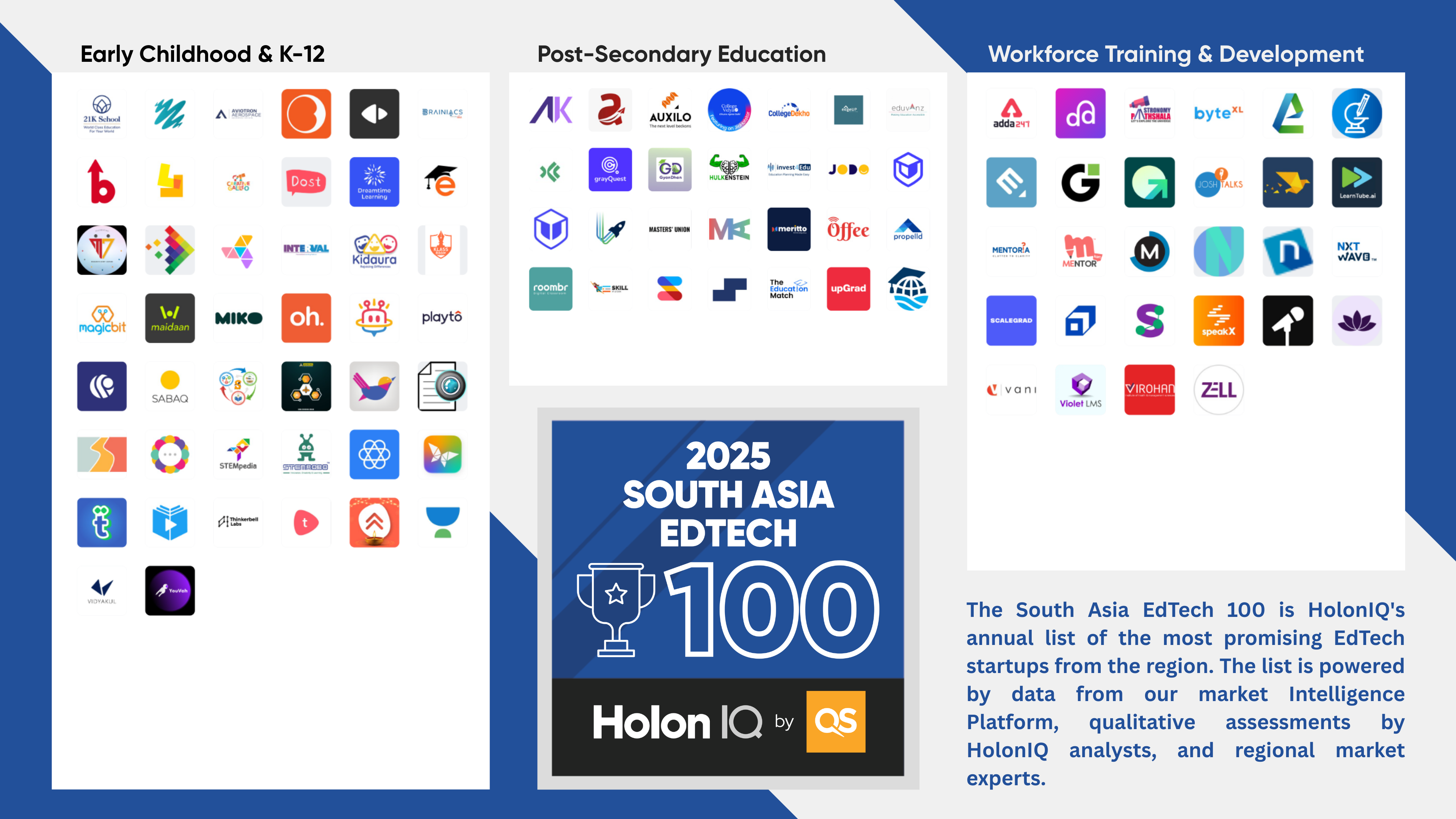
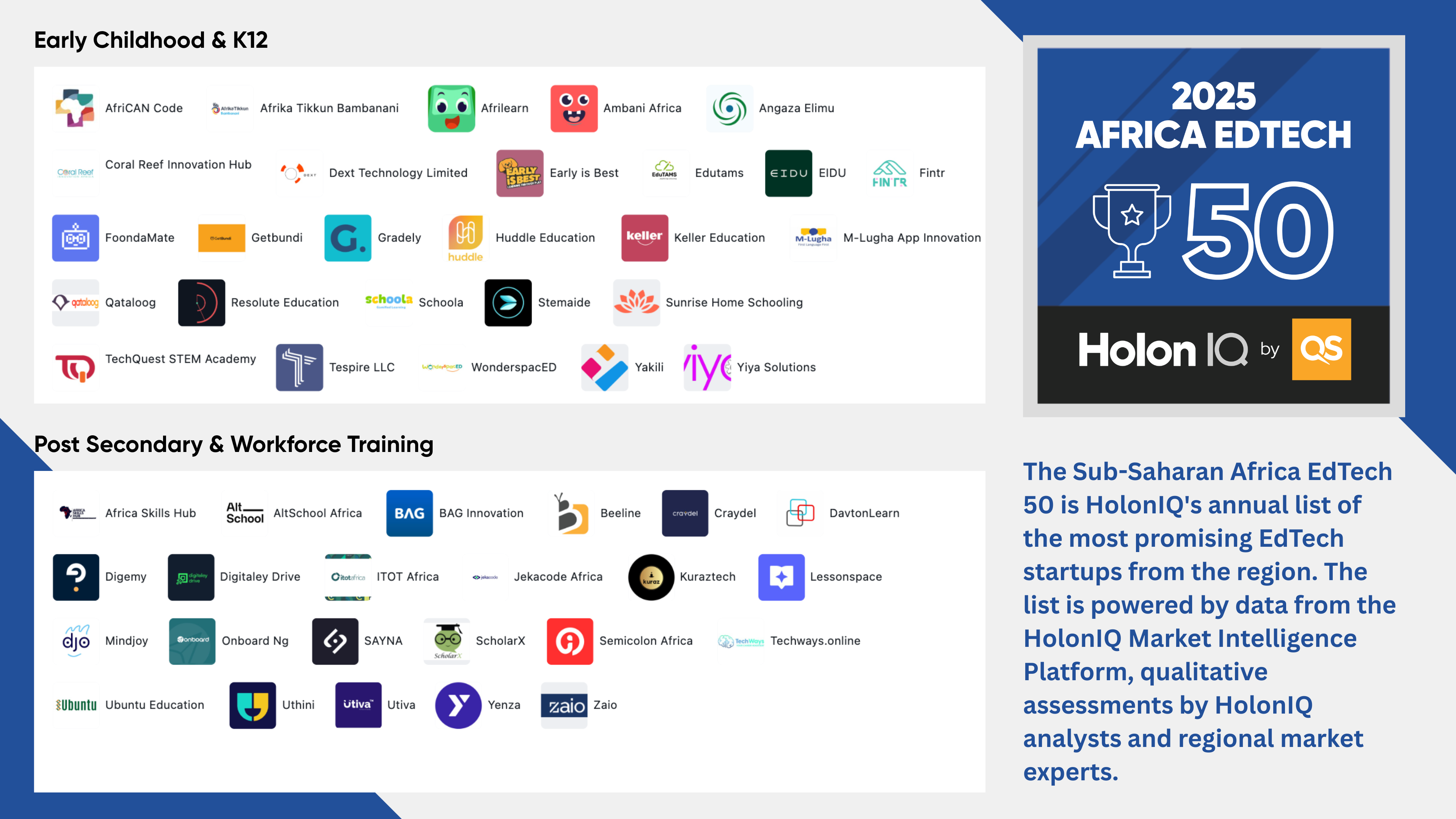
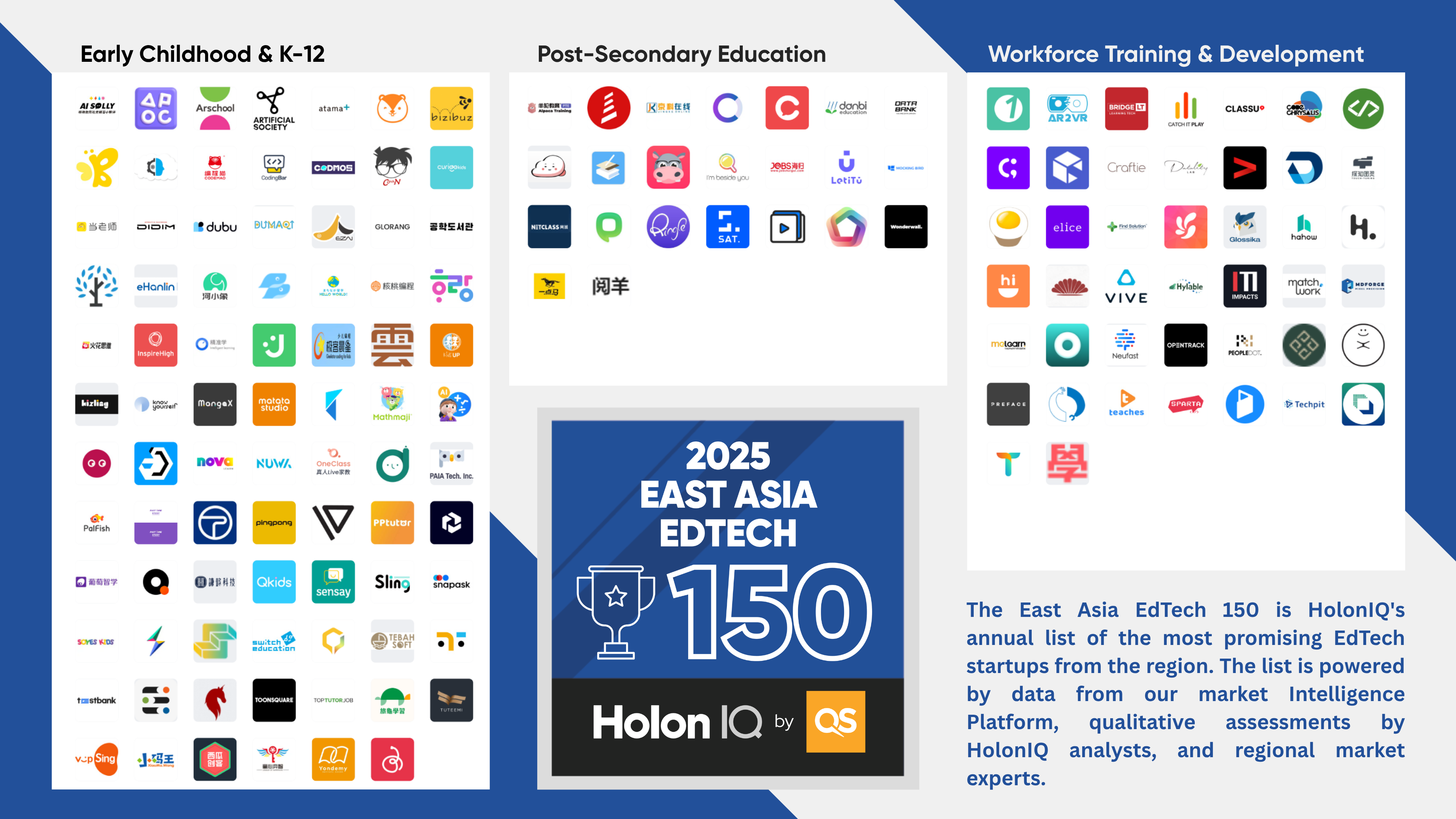
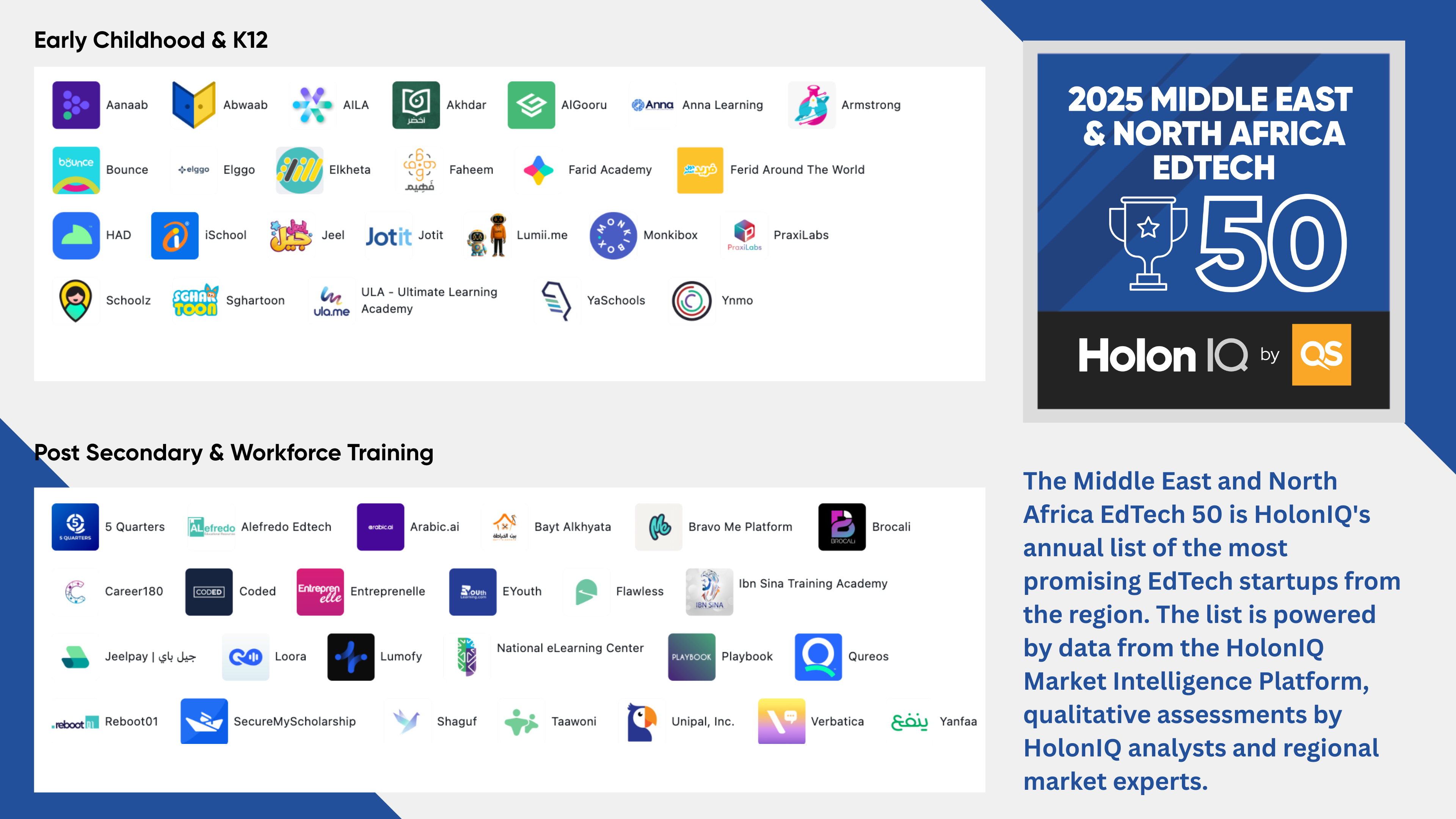
.png)
